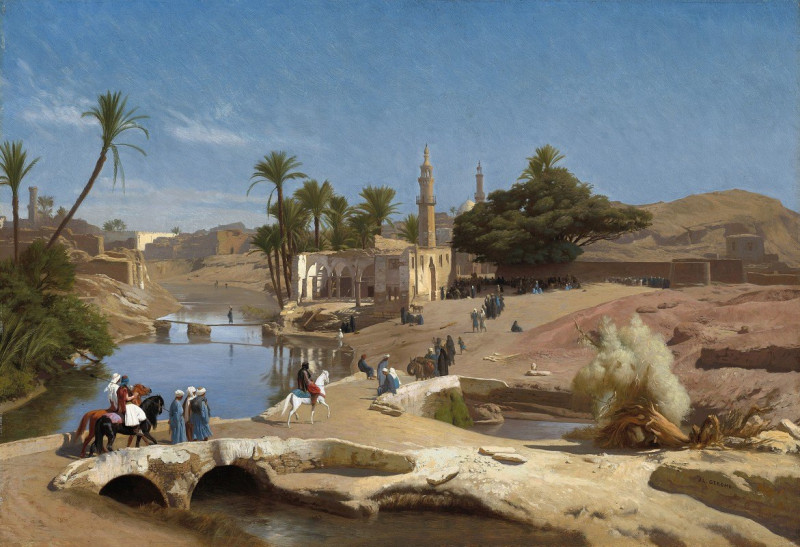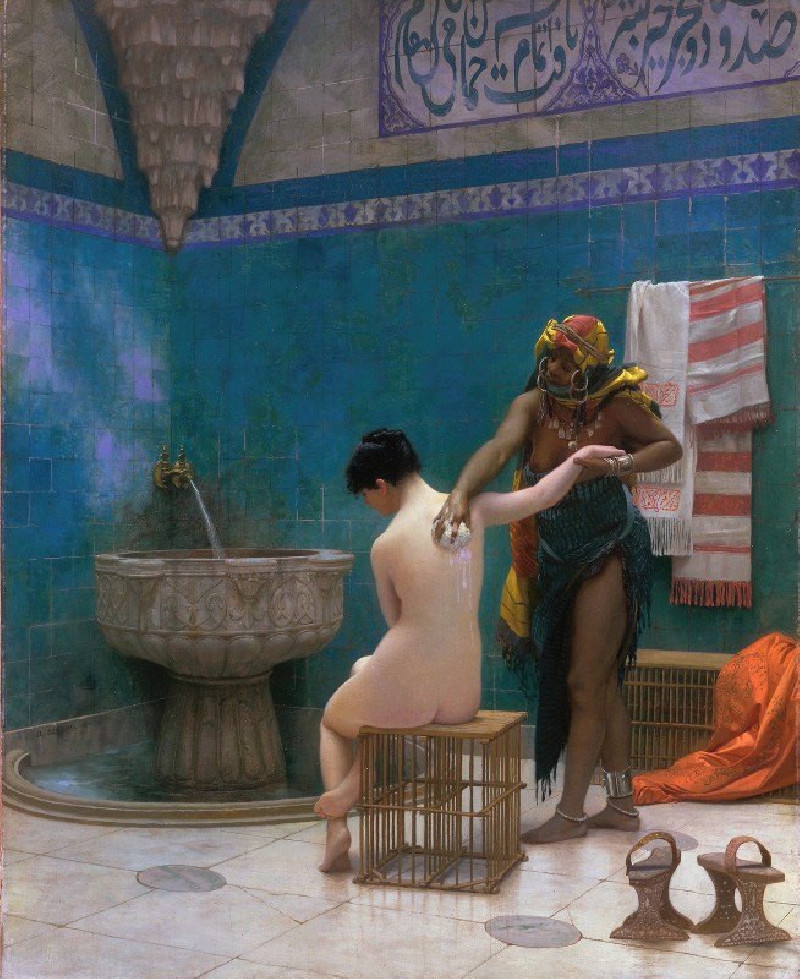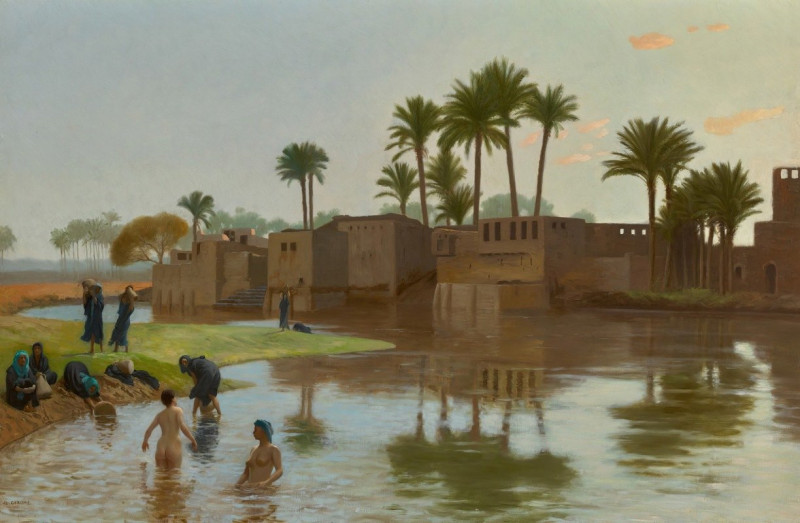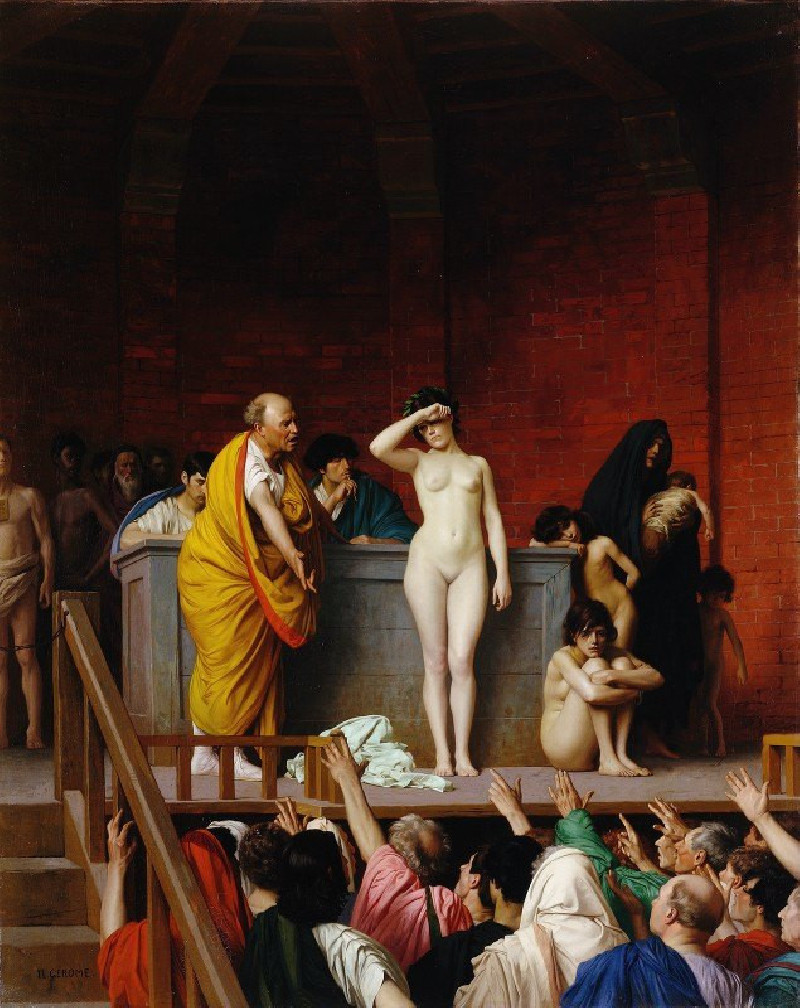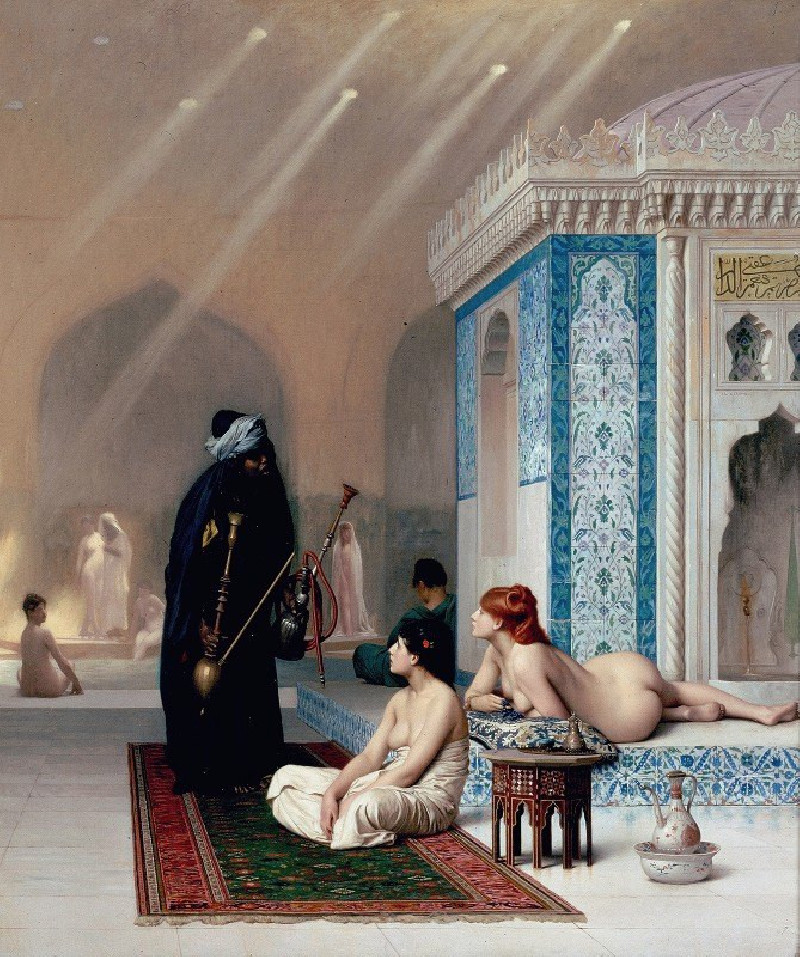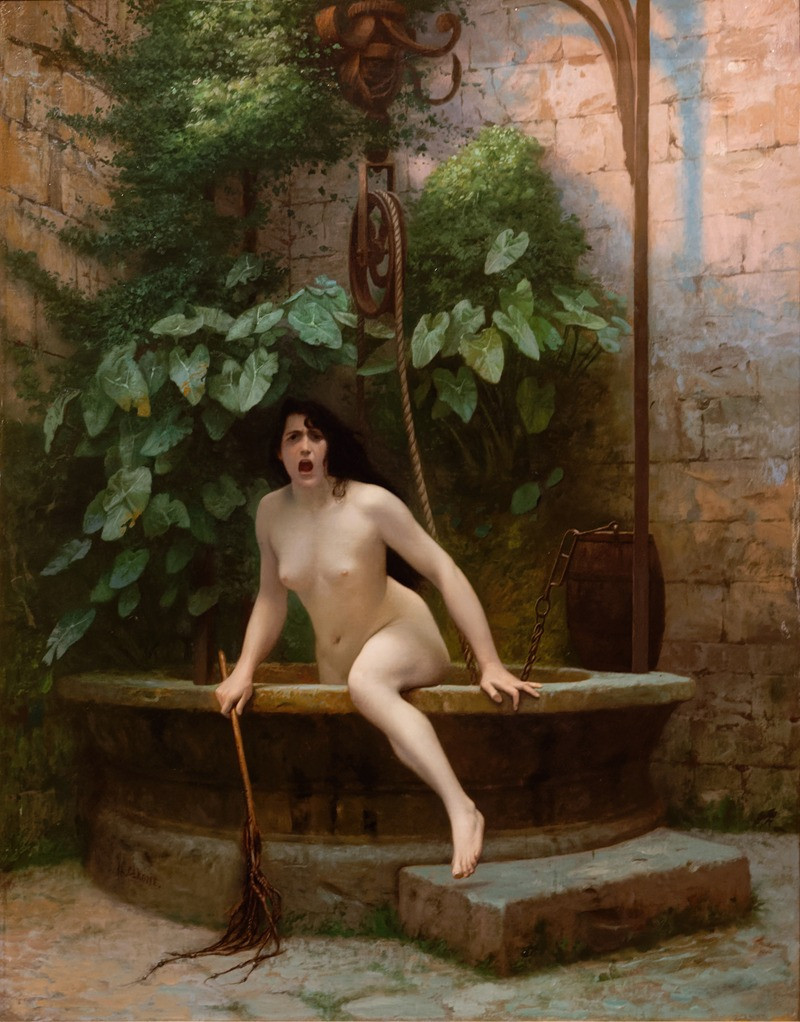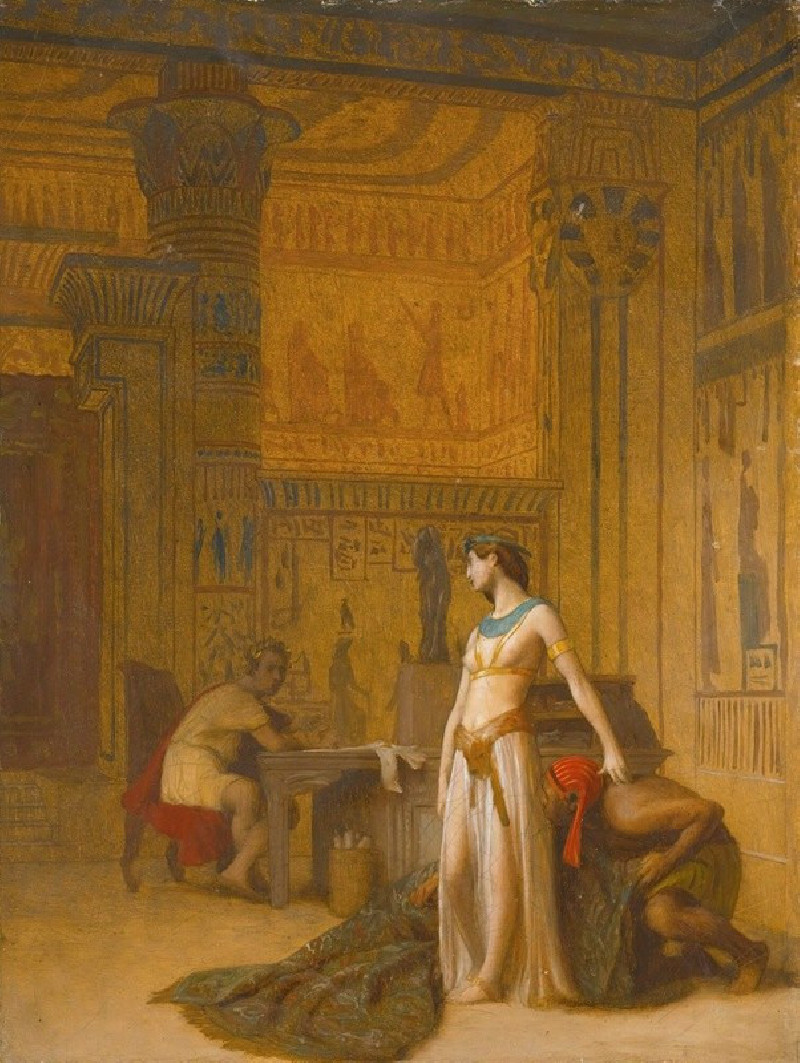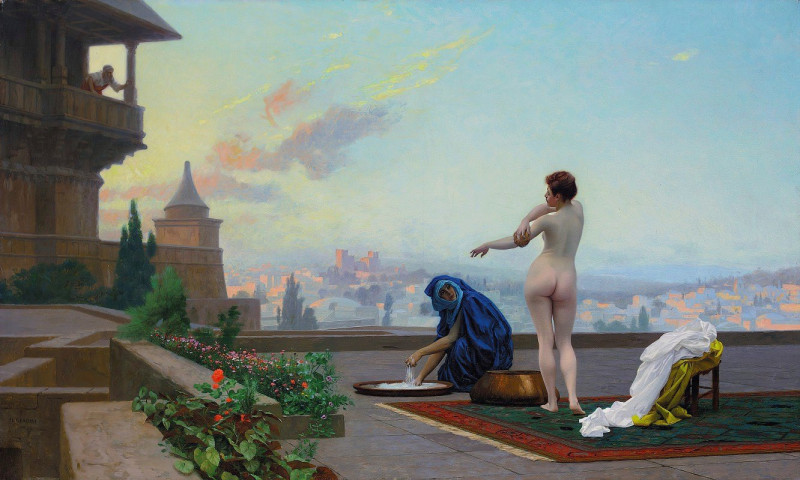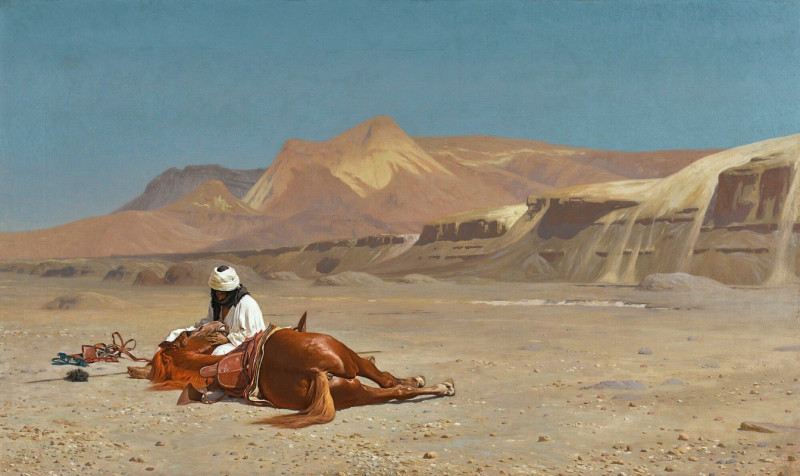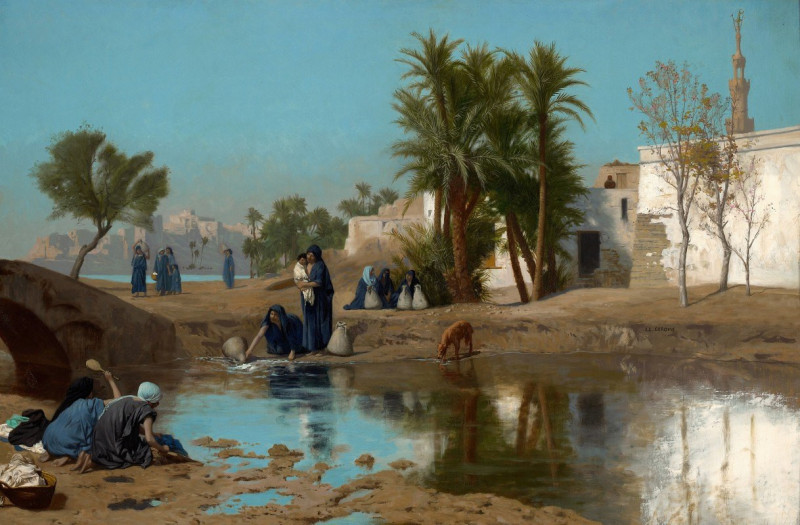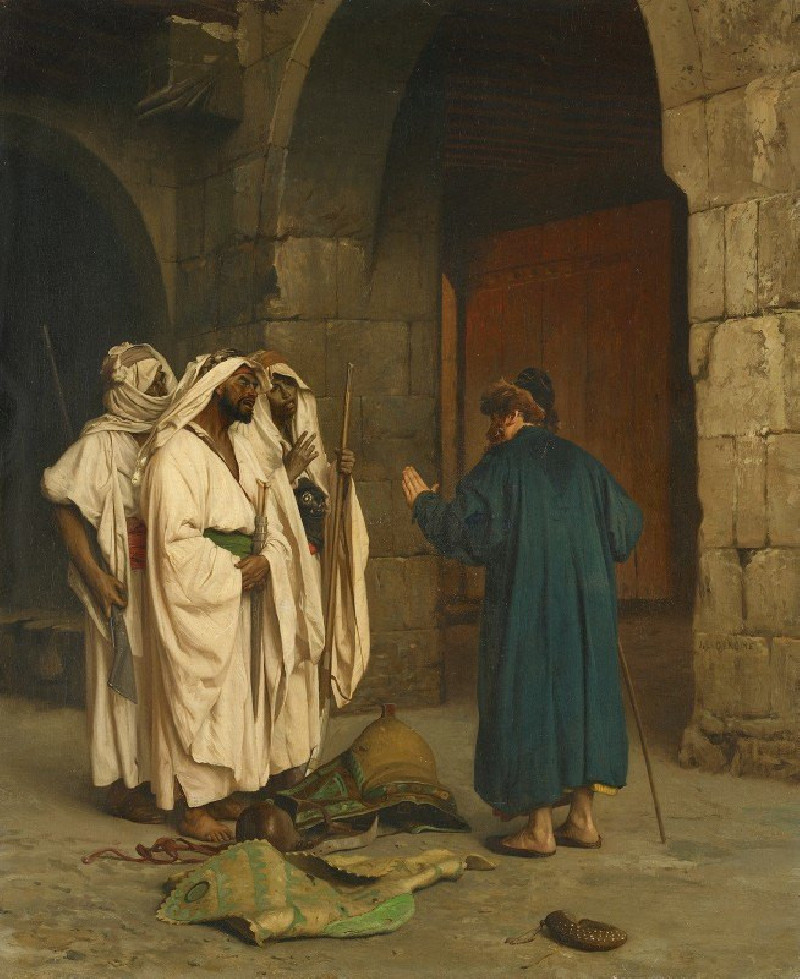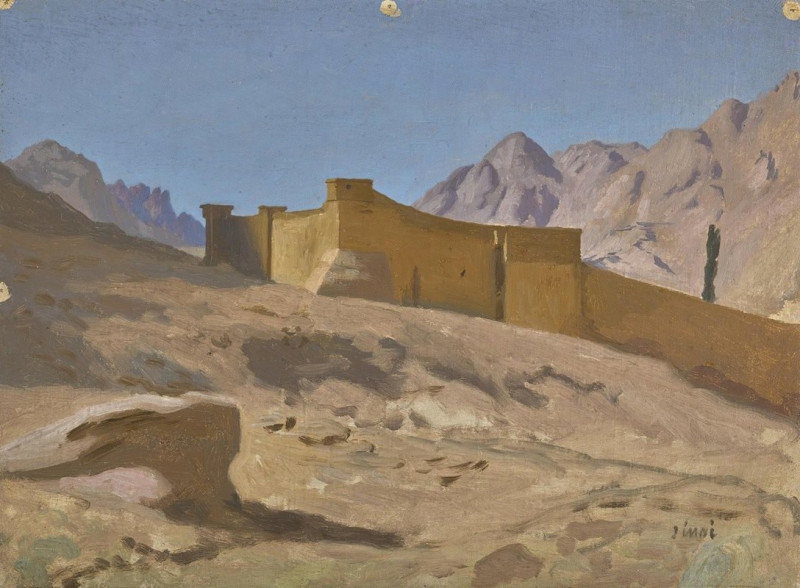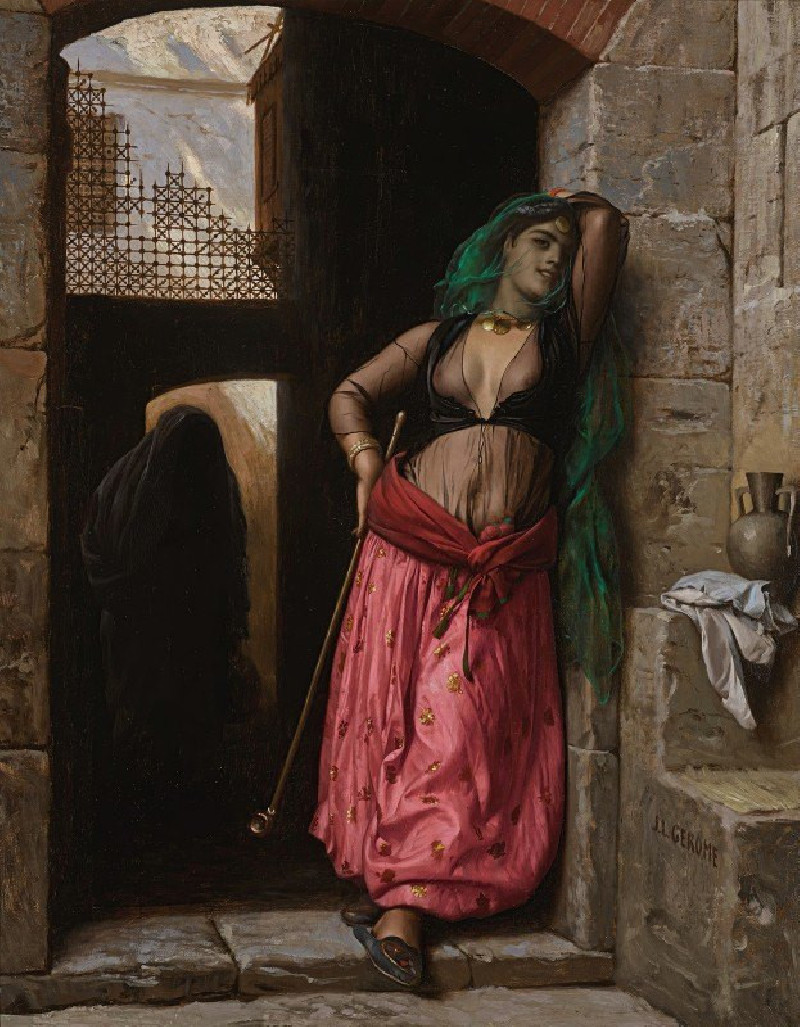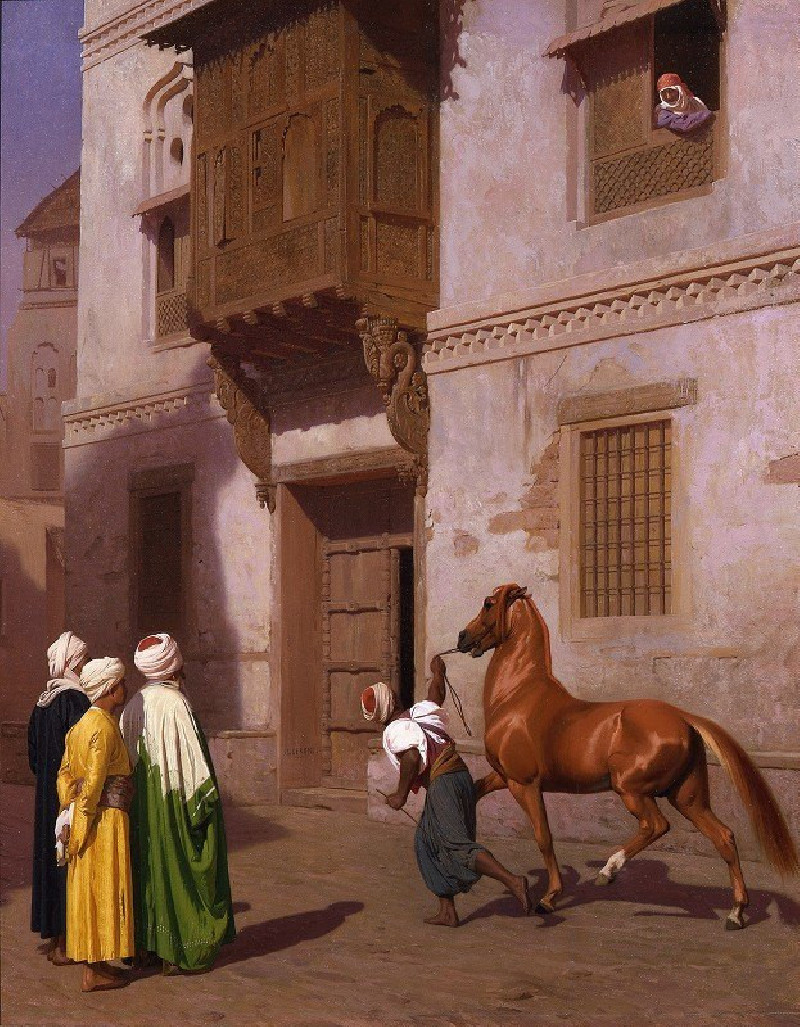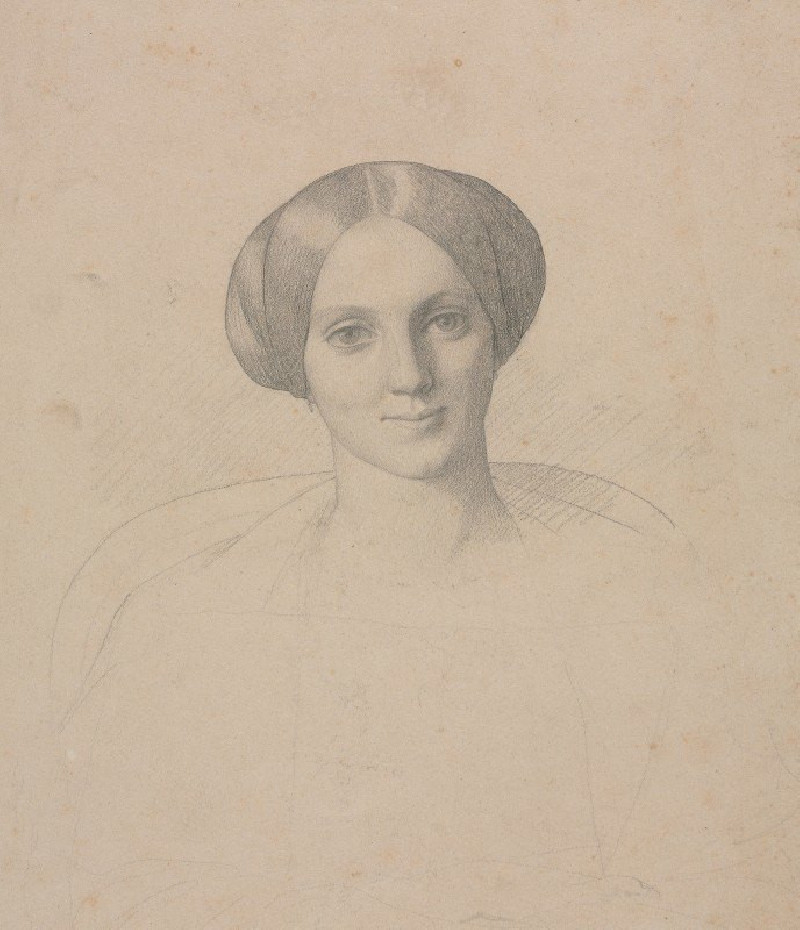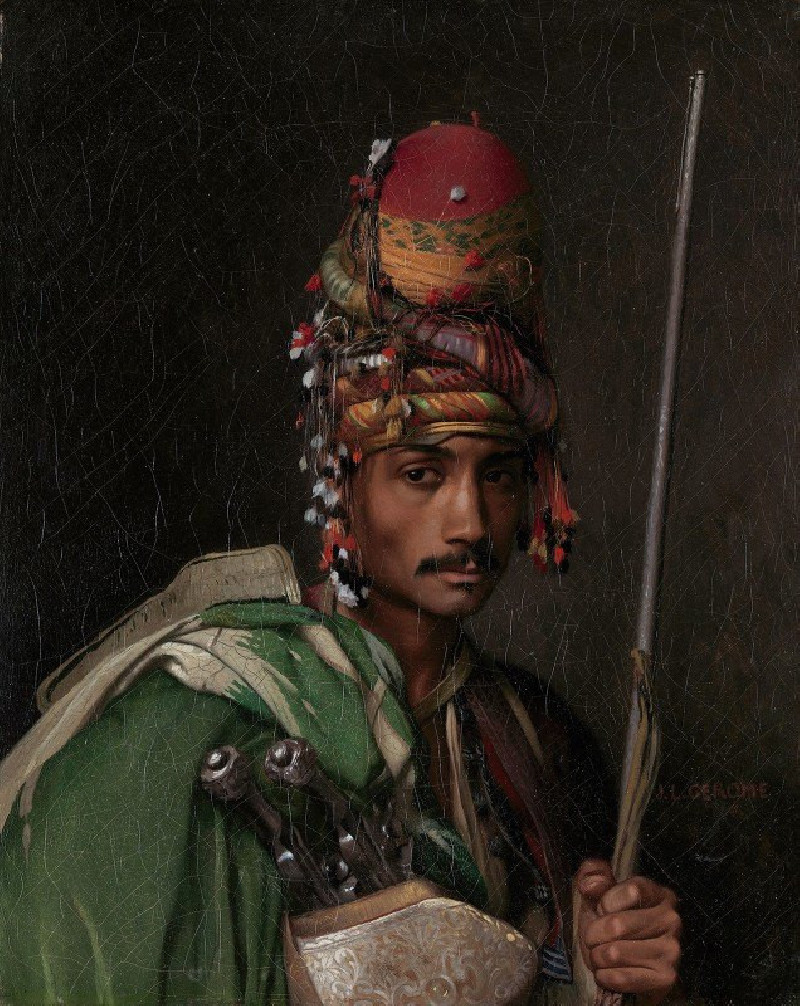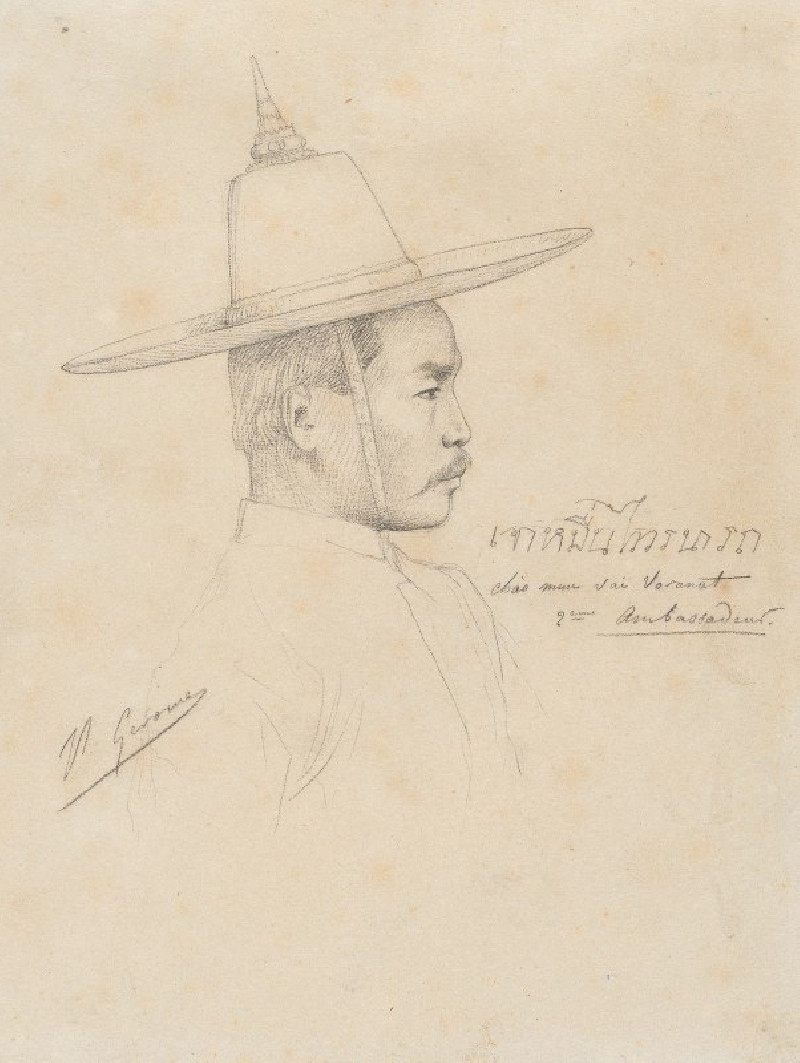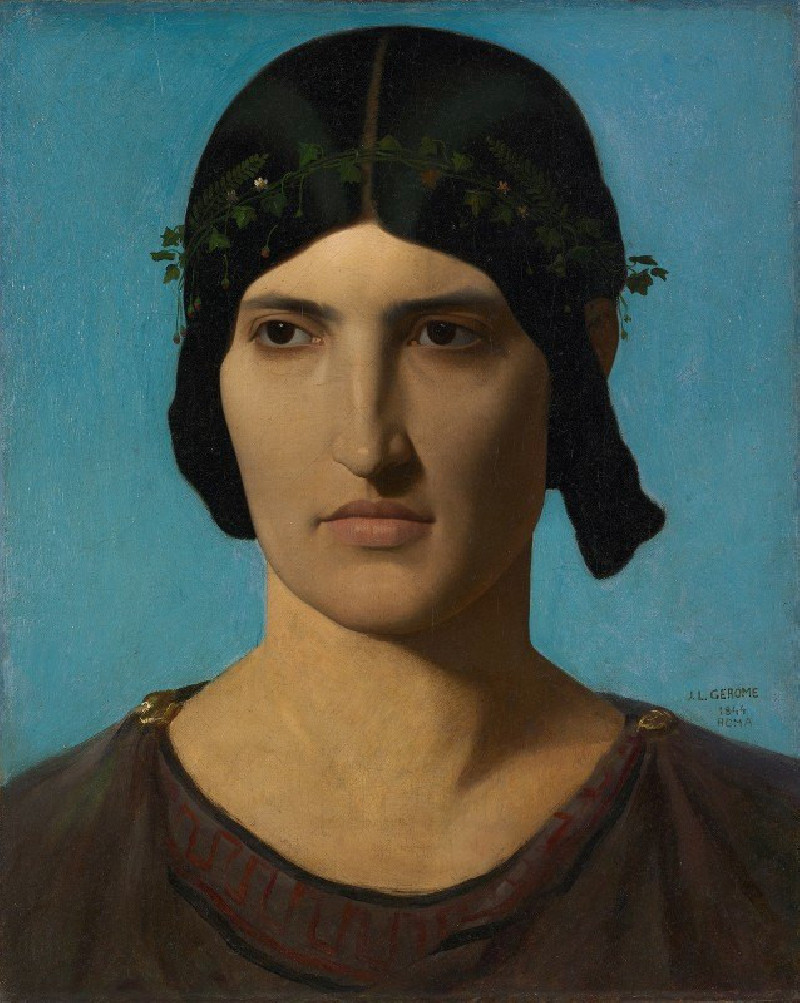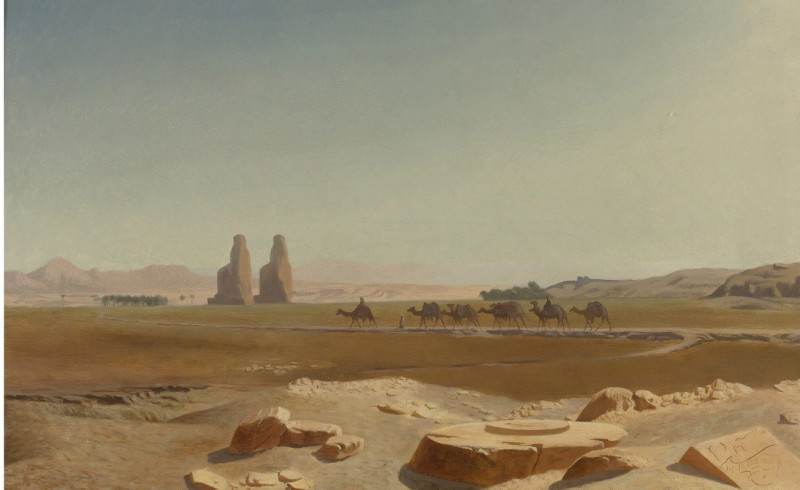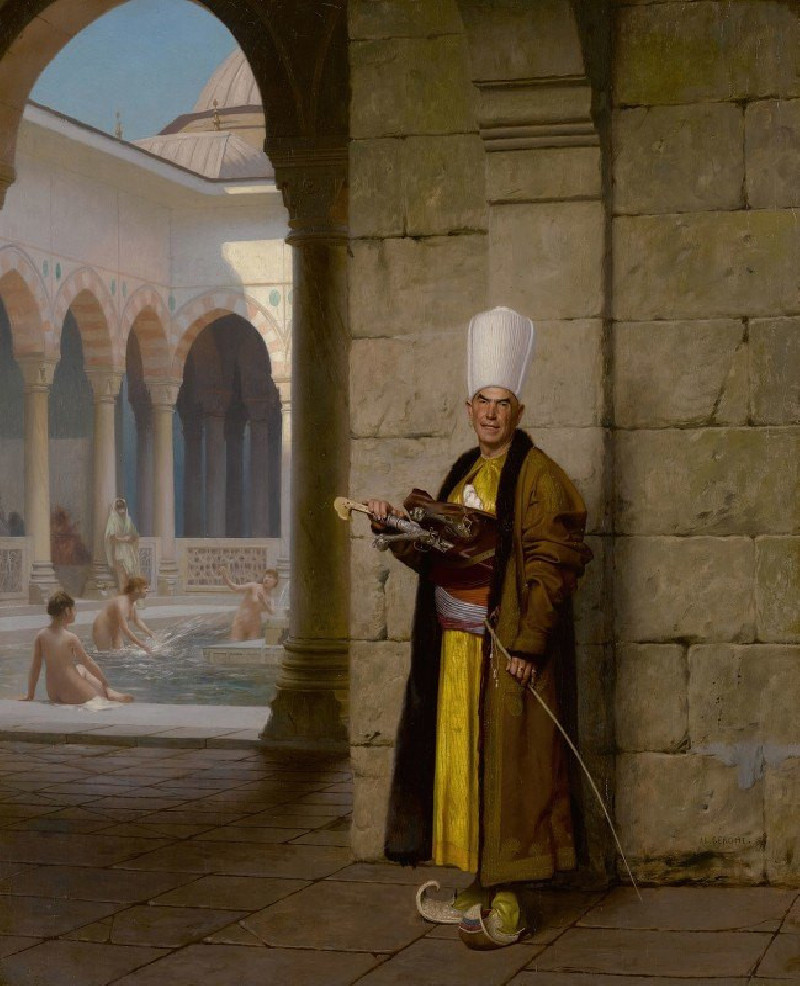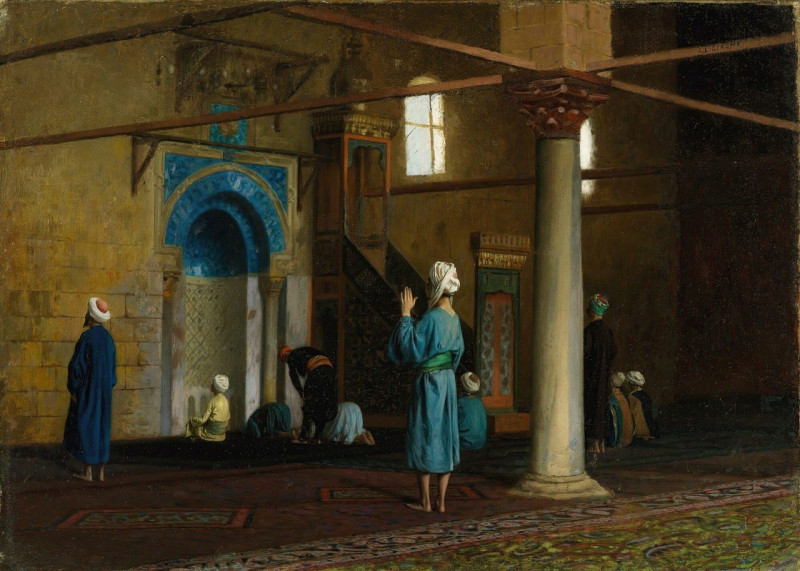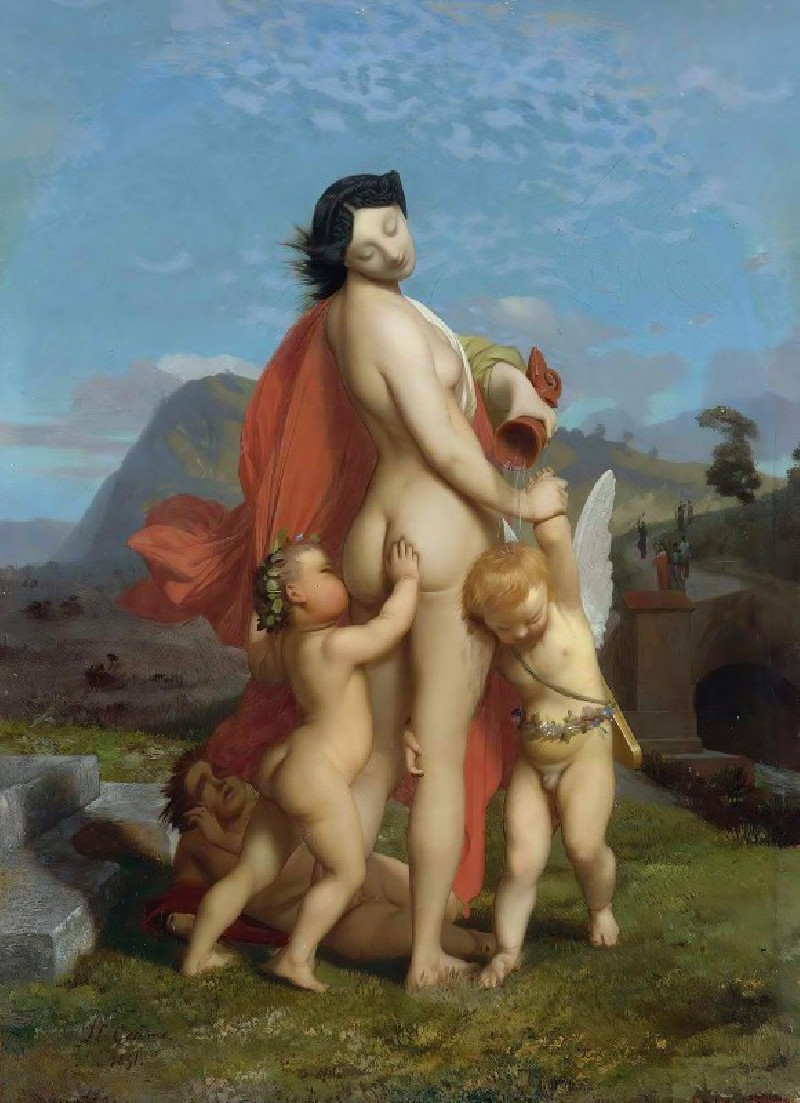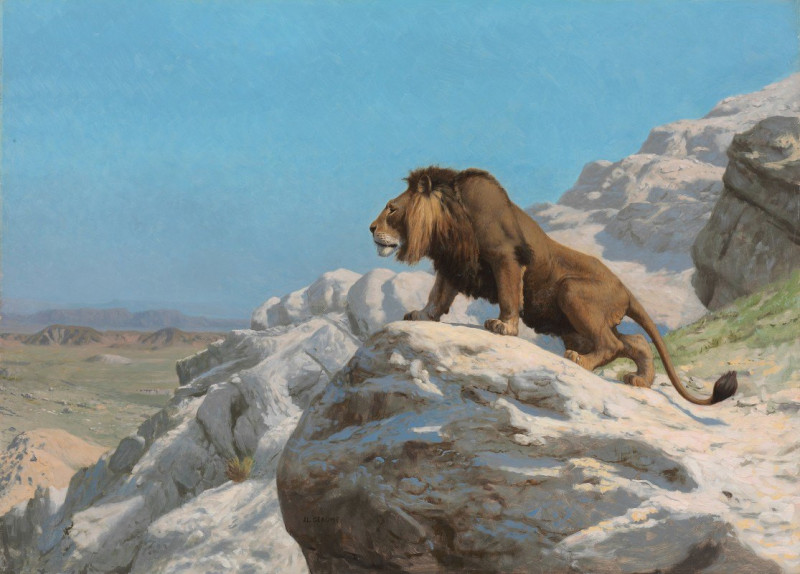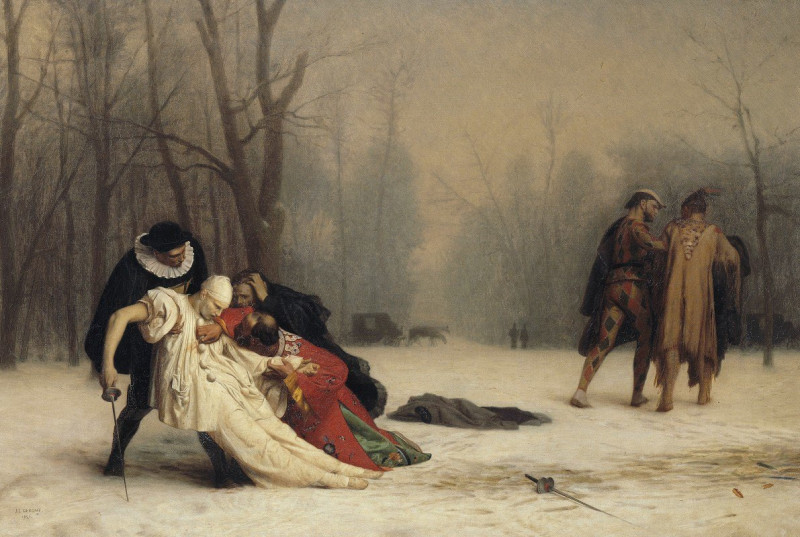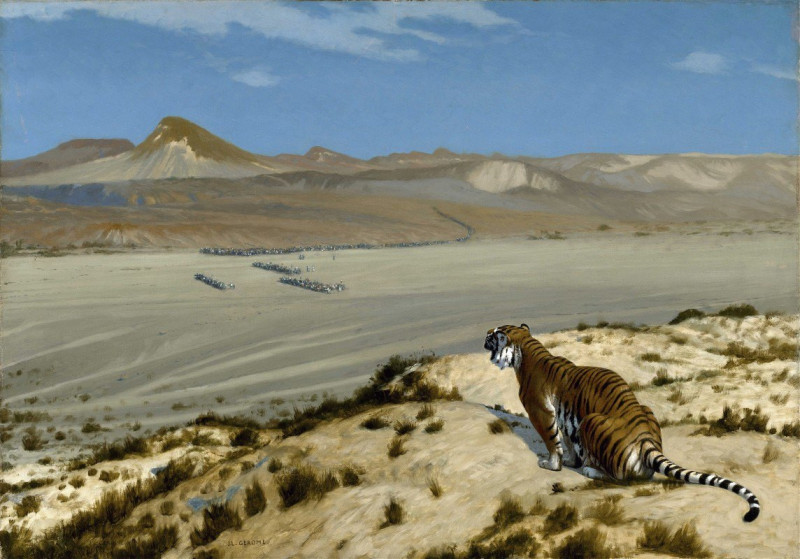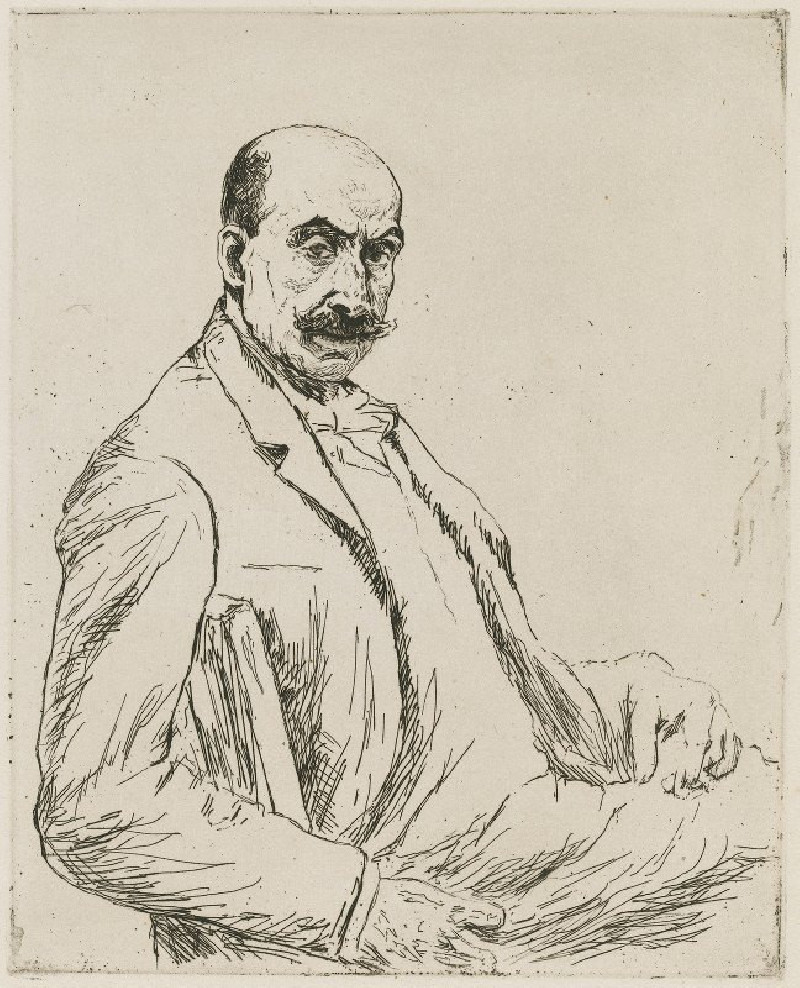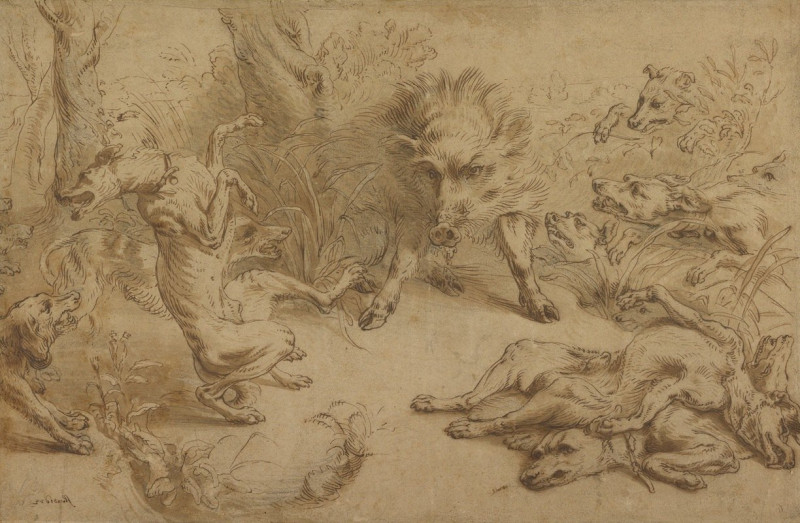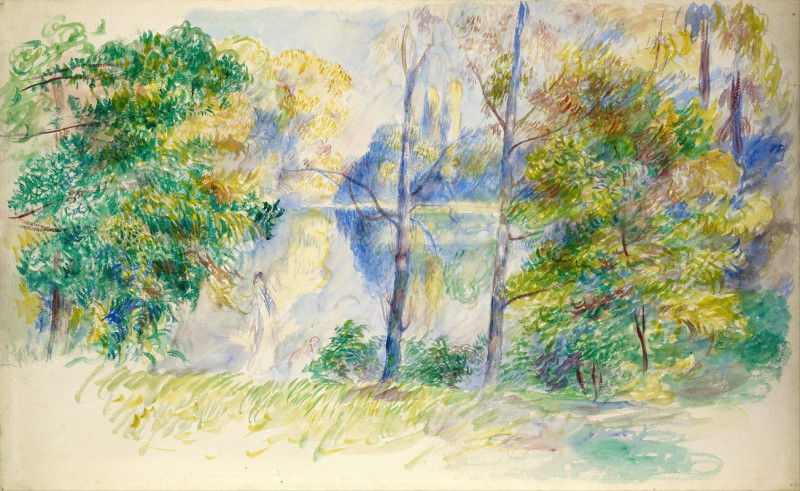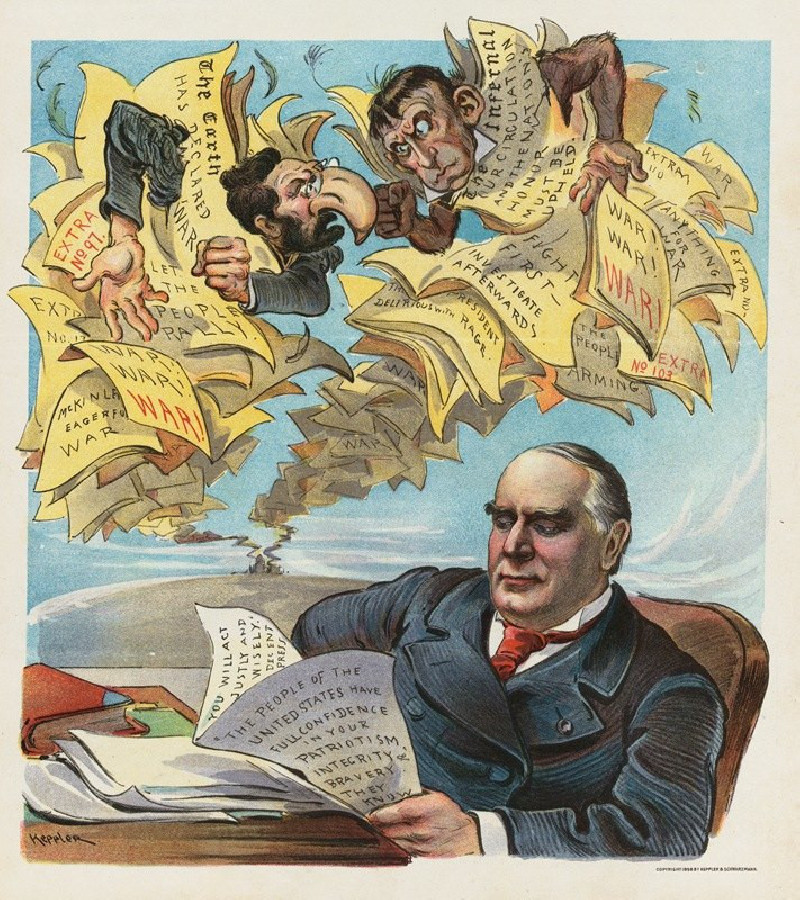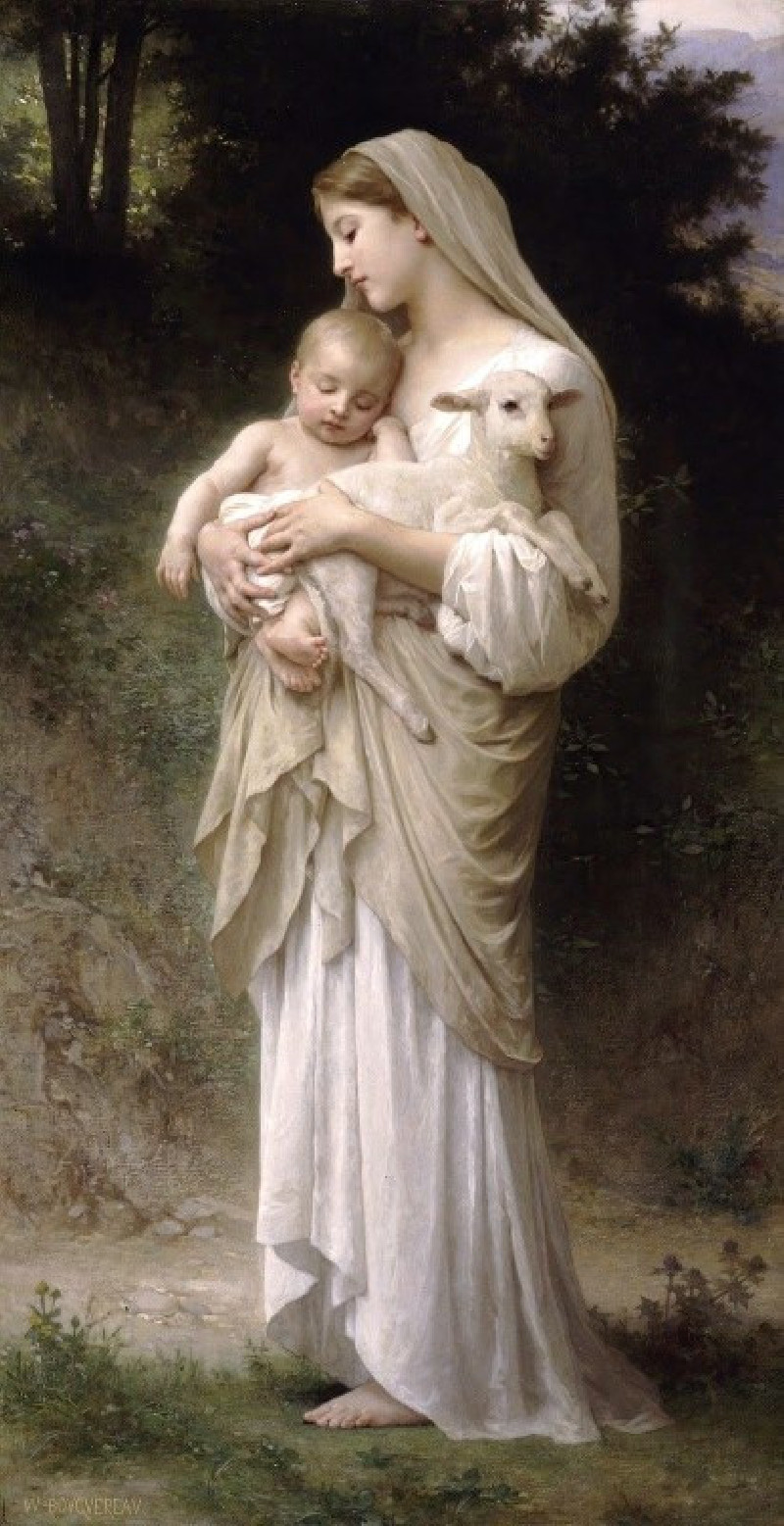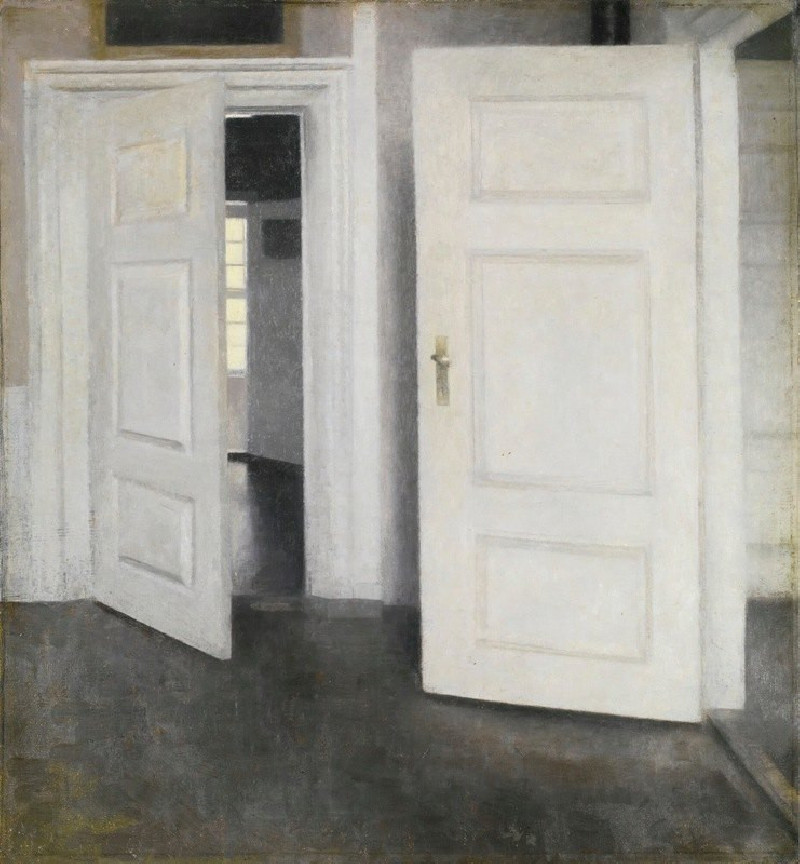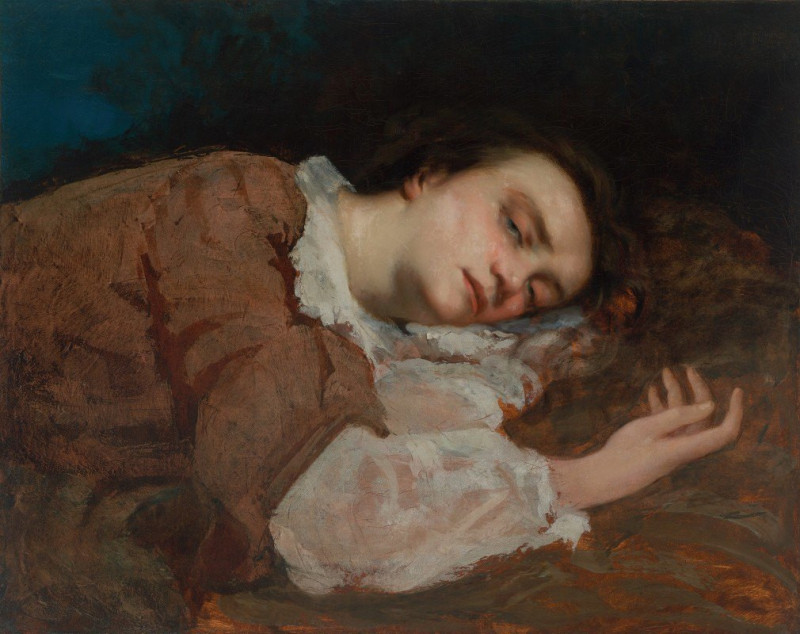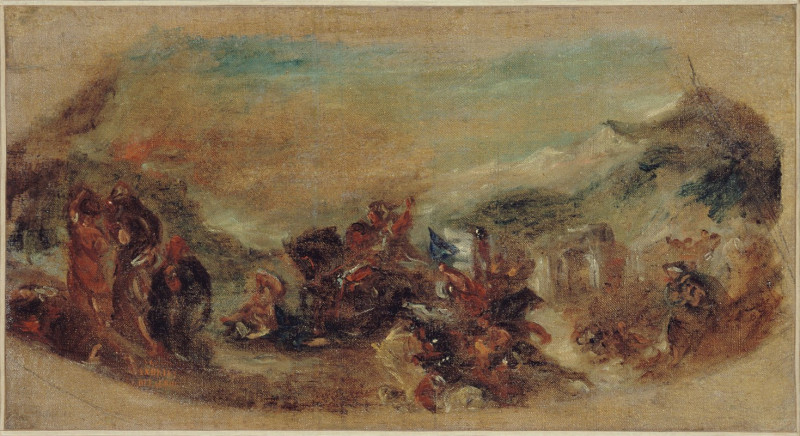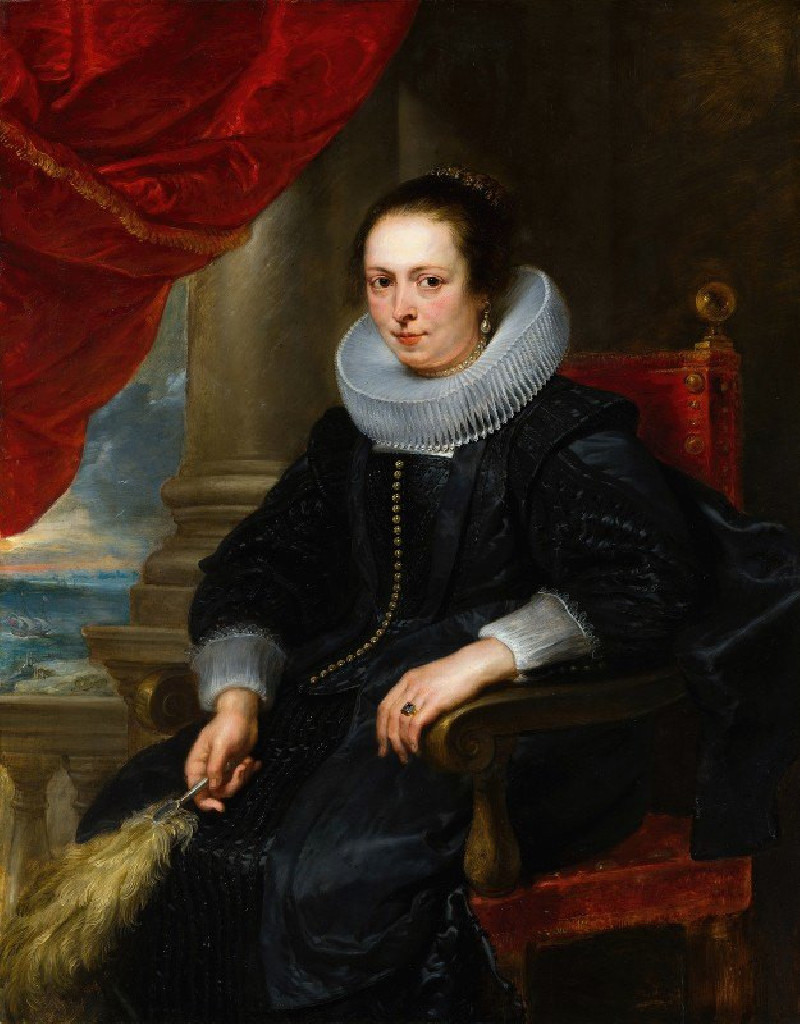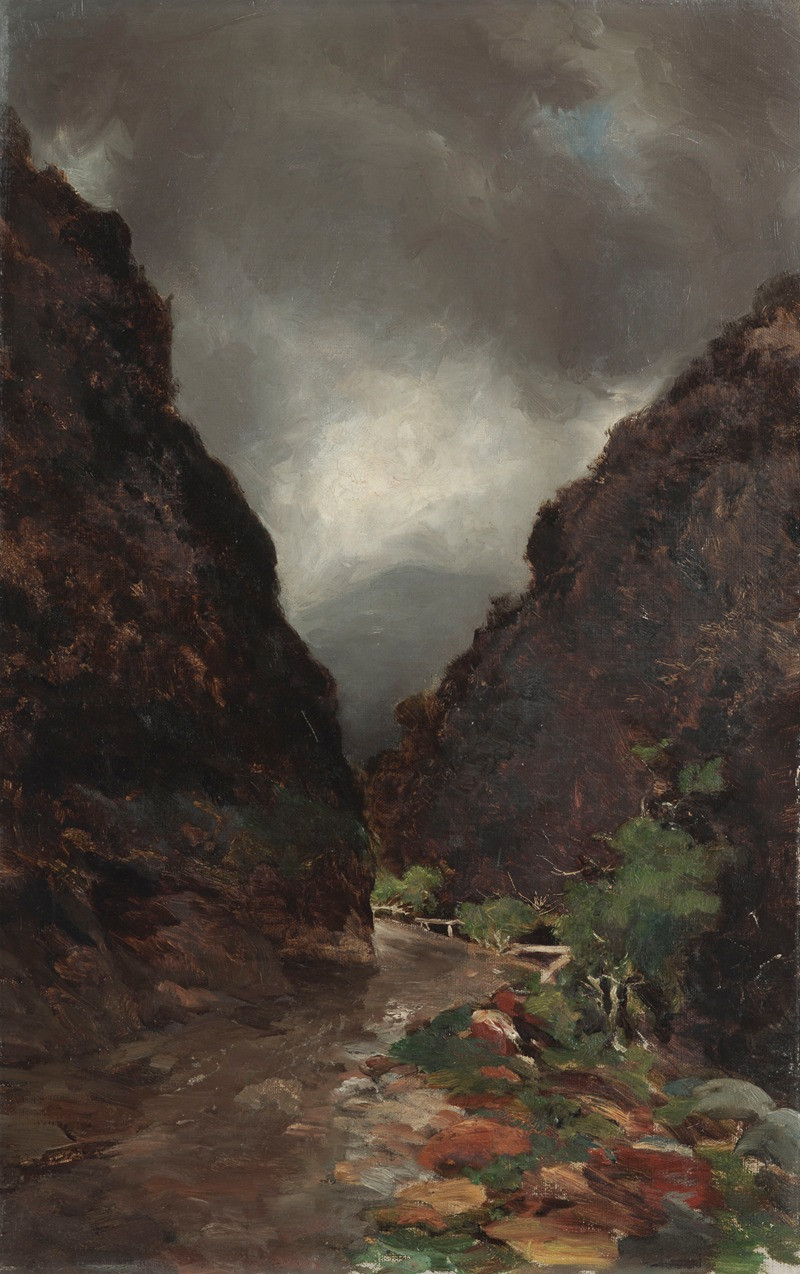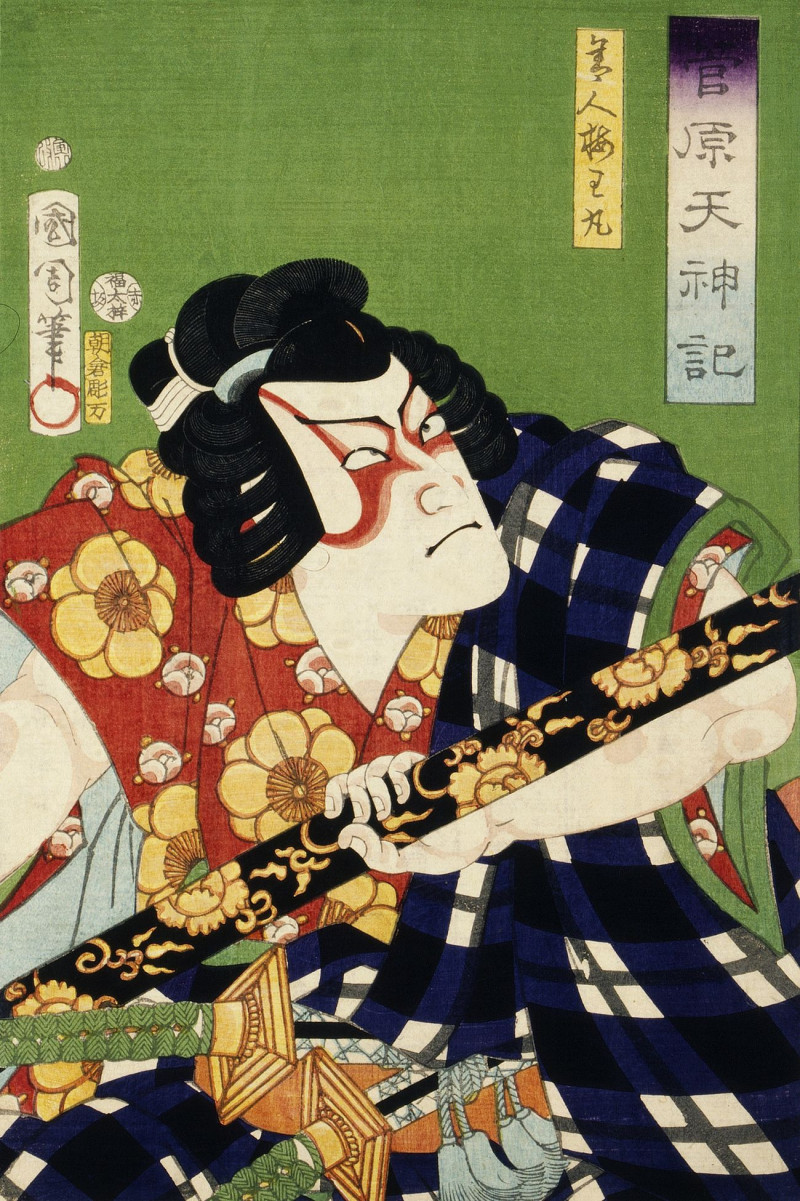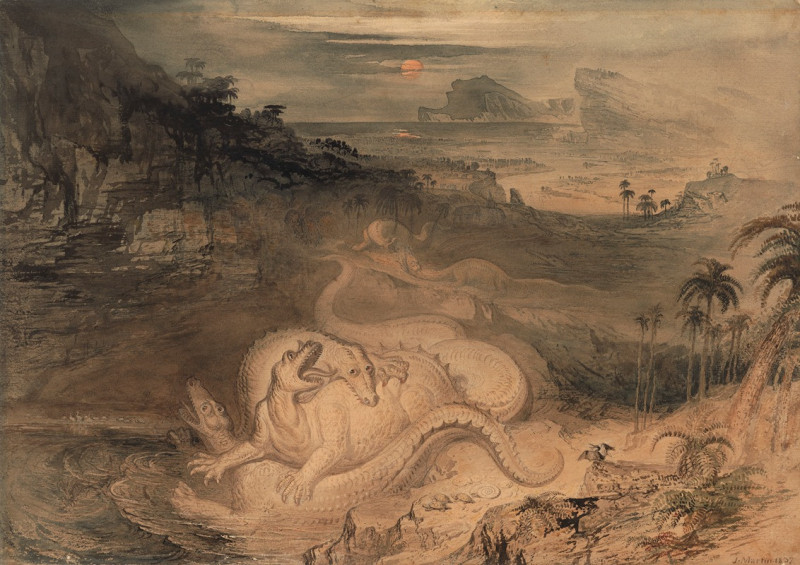View of Medinet El-Fayoum (c. 1868-1870)
Technique: Giclée quality print
Recommended by our customers
More about this artwork
Jean-Léon Gérôme's painting, captures a serene yet bustling scene from a historic Egyptian oasis town. Known for his precision and attention to detail, Gérôme illustrates a day in Medinet El-Fayoum with exquisite clarity, drawing viewers into a world that balances the picturesque with the everyday.In the painting, the artist adeptly uses light and shadow to emphasize the tranquility of the waterway that intersects the town, possibly part of the ancient system of irrigation channels that connect to the Nile. This body of water reflects the clear blue sky and flows past groups of people gathered along its banks, engaged in various activities that suggest the rhythms of daily life.Foregrounding the composition are figures on horseback, possibly travelers or local townsfolk, crossing an aged, stone bridge. Their vibrant attire adds a splash of color against the earthy tones of the landscape. To the right, a gathering unfolds beneath the generous shade of a large tree, hinting at a social or communal activity.Gérôme's keen eye for architecture is evident in his rendering of the town's features. Dominating the skyline are two minarets, piercing the heavens with their slender form, suggesting the presence of significant religious buildings, likely mosques. Their placement within the canvas not only serves to draw the eye towards the settlements but also symbolizes the spiritual essence embedded in the community's core.In every aspect of this composition, from the calm waters to the lively clusters of people and the architectural details, Gérôme brings together elements of nature and human endeavor.
Delivery
Returns
Jean-Léon Gérôme was a French painter and sculptor in the style now known as academicism. His paintings were so widely reproduced that he was "arguably the world's most famous living artist by 1880." The range of his oeuvre included historical painting, Greek mythology, Orientalism, portraits, and other subjects, bringing the academic painting tradition to an artistic climax. He is considered one of the most important painters from this academic period. He was also a teacher with a long list of students.

